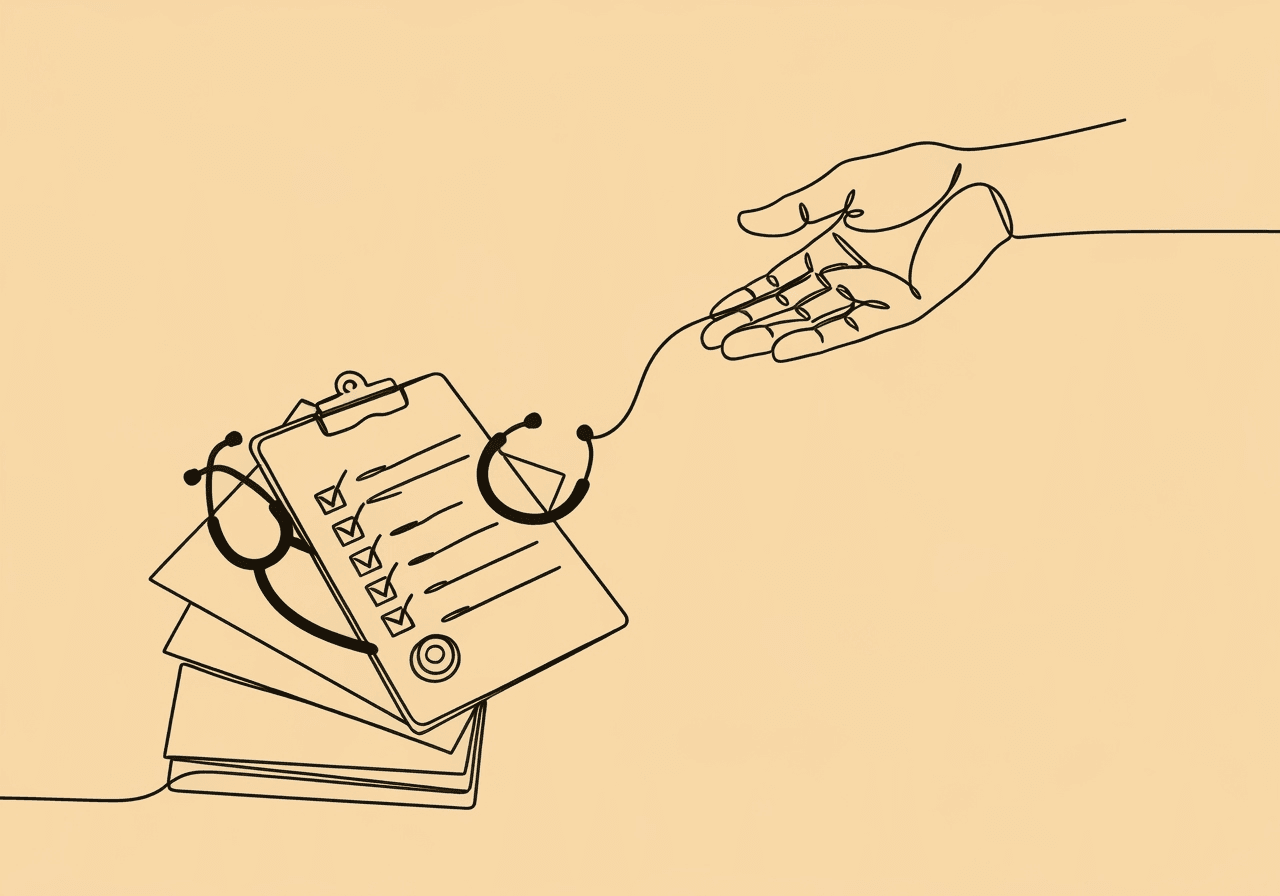Essential BCBA FBA Report Documentation Checklist

Dealing with insurance payouts is tough for BCBAs, especially when preparing Functional Behavior Assessments (FBAs). A well-documented FBA report supports ethical practice and helps avoid denials that delay ABA services for clients ABA Insurance Denials: What to Do When Insurance Says “No!”. This BCBA FBA report documentation checklist offers a practical guide to build insurance-ready reports based on BACB guidelines and industry standards.
Key takeaways from this guide:
- Define behaviors clearly with observable data to meet CPT coding needs.
- Document assessment methods fully to show thorough analysis.
- Use visuals and hypotheses to justify medical necessity and link to BIPs.
- Follow checklists for compliant FBA report components to streamline audits.
These steps help create FBA documentation for insurance that boosts approvals and client care.
BCBA FBA Report Documentation Checklist: Target Behavior Definition
Defining the target behavior sets the base for any FBA report. It gives clarity to insurance reviewers and teams. BACB guidelines call for observable, measurable descriptions to aid objective review According to the BACB (2025). This approach cuts down on vague views that risk reimbursement problems.
How can you operationalize behaviors well? Start with precise language. Note the behavior's form, like "hand flapping over 10 seconds," without judgment. Add baseline data, such as daily frequency or intensity on a 1-5 scale. Explain measurement, like counting in 30-minute sessions or timing with a stopwatch. Describe contexts, including settings like home or school, and norms from records. Check if another pro could spot the behavior from your words alone.
Ground these in direct observations. This matches FBA protocols insurers want for CPT 97151 coding Model Coverage Policy for Adaptive Behavior Services.
Assessment Methods Documentation
Record assessment methods to show a full, varied process. It's vital in putting together FBA docs for insurance. BACB ethics stress indirect, descriptive, and functional analyses for reliable function ID According to the BACB Ethics Code (2022). Skipping details might mark reports as weak in audits.
What covers your methods? List indirect tools first, like parent interviews on triggers or reviews of IEPs and medical history. Cover descriptive ones, such as ABC charts and scatterplots for time-based patterns. State if functional analysis happened, like variable tests for attention, and explain why or why not. Add dates, session lengths, and observer info to prove steady collection. Include data samples or overviews, always HIPAA-safe.
This setup aids hypothesis work and highlights the FBA's treatment role.
Data Summary and Visual Analysis
Turn data into insights with visuals. It's a core part of compliant FBA report components. Templates suggest graphs to show trends clearly for reviewers According to IEHP Provider Services (2024).
Build summaries from raw sheets, like average session frequency or observer agreement rates. Use line charts for time trends or bars for changes. Point out levels, like high periods, trends up or down, and steady patterns across spots. Note oddities, such as setting effects, backed by ABC info. Label everything with scales and keys for quick reads.
Visuals back up your findings and show why the FBA matters for interventions. Check our FBA data tips for RBTs for more.
Summary Statement Formulation
Form a summary statement to guess the behavior's purpose. Link antecedents, actions, and results in an A-B-C setup. BACB tasks say this targets root issues According to OPEPP (2019).
What makes a strong one? Pick the main function, like escape from tasks, from data matches. Write it as: "When [task starts], the learner [tantrums] to [skip work]." Back it with proof, like 80% ABC links. Mention other functions if they fit, but focus on the top one. Rule out other causes to build trust.
These clear links ease BIP shifts. See our BIP insurance tips.
Medical Necessity and Justification
Link FBA results to client challenges. It's a key part of ABA coverage. Aetna rules say FBAs must show how behaviors block life skills, with pro input According to Aetna (2024). Justify with diagnosis ties, like autism speech gaps, plus doctor notes. Describe limits, such as "Aggression blocks school, endangering safety." Show FBA proves ABA need, noting past failures. Add provider notes, like OT links, and service plans. Cite BACB fits Guide to a Letter of Medical Necessity for ABA Therapy.
Strong proof here cuts denial risks by stressing treatment must-haves.
BIP Recommendation Summary
Pull recommendations from FBA guesses. Use function-based steps for insurance fit. Florida Medicaid wants plans with swaps and timelines According to Florida AHCA (2022).
What to include? Suggest antecedent fixes, like easing demands for escape. Propose swaps, such as communication training, with how-tos. Set reinforcement, like DRI for attention seeks. Tie all to functions with goal measures. Plan monitoring from FBA data.
For CPT 97151 details, see our CPT 97151 guide.
Frequently Asked Questions
What are the key components of an FBA report for insurance compliance?
They cover client info, behavior baselines, methods like indirect and functional, data overviews, hypotheses, and need proofs. These match payer rules, like Aetna's, for ABA pay According to Aetna (2024).
How do BCBAs collect and record data for an FBA?
Observe during key times with ABC sheets for causes and results, plus counts or times. Keep it detailed, dated, and sorted for review, per BACB According to the BACB (2025).
What documentation is required to support the medical necessity of ABA services?
Include diagnosis, skill gaps, doctor orders, and FBA treatment links. Yearly checks with progress data back ongoing care, as in Medicaid rules According to Florida AHCA (2022).
How does the FBA inform the Behavior Intervention Plan?
It spots functions through data, shaping BIP steps like prevention and swaps. This keeps work targeted and backed by proof According to OPEPP (2019).
What are best practices for organizing and formatting an FBA report?
Divide into clear parts with graphs, add raw data, get signs, and follow HIPAA. Clean setups and ready records, like Optum's, speed checks According to Optum (2024).
How often should ABA treatment plans be reviewed for medical necessity?
Yearly or as changes hit, with doctor and team input on goals and gains. This holds coverage under Blue Cross standards According to Blue Cross MA (2024).
This BCBA FBA report documentation checklist helps craft reports that pass checks and aid clients. Tackle each part—from behaviors to BIPs—to meet BACB ethics and gain insurance nods. Sources show solid docs cut mistakes and boost ABA results Standard for the Documentation of Clinical Records for Applied ....
Try these:
- Check your next FBA with this list pre-submit.
- Team up with doctors early for need matches.
- Use BACB templates for steady work.
Apply it often to ease tasks and amp up interventions.
Popular in Compliance & HIPAA
- 1
ABA Documentation Checklist: RBT Compliance Guide 2025
4099 min read - 2
BCBA Procedural Fidelity Checklist: Essential H-6 Guide
3646 min read - 3
BCBA Ethical Documentation Best Practices
2946 min read - 4
RBT Renewal Competency Documentation Guide for BCBAs
2636 min read - 5
RBT Supervision Log Audit Checklist for BCBAs
2176 min read
Popular in Compliance & HIPAA
- 1
ABA Documentation Checklist: RBT Compliance Guide 2025
4099 min read - 2
BCBA Procedural Fidelity Checklist: Essential H-6 Guide
3646 min read - 3
BCBA Ethical Documentation Best Practices
2946 min read - 4
RBT Renewal Competency Documentation Guide for BCBAs
2636 min read - 5
RBT Supervision Log Audit Checklist for BCBAs
2176 min read
Related Resources
Explore more helpful content on similar topics

Master ABA Preauthorization Documentation for BCBAs
Master ABA preauthorization documentation as a BCBA with our comprehensive guide. Discover BCBA authorization checklists, key FBA assessments, and proven strategies for insurance pre-approval for ABA therapy to ensure swift approvals and compliance.

BCBA Documentation Audit Readiness Checklist
Achieve BCBA documentation audit readiness with our expert checklist. Master ABA compliance in intake, BIP/ISP plans, session data integrity, staff supervision, and discharge for seamless payer audit preparation. Start securing your practice today!

BCBA Reauthorization Checklist: Essential Steps
Streamline BCBA reauthorization with this essential checklist. Verify client details, update treatment plans, and ensure medical necessity for swift insurance approvals. Discover key steps to achieve compliance today.